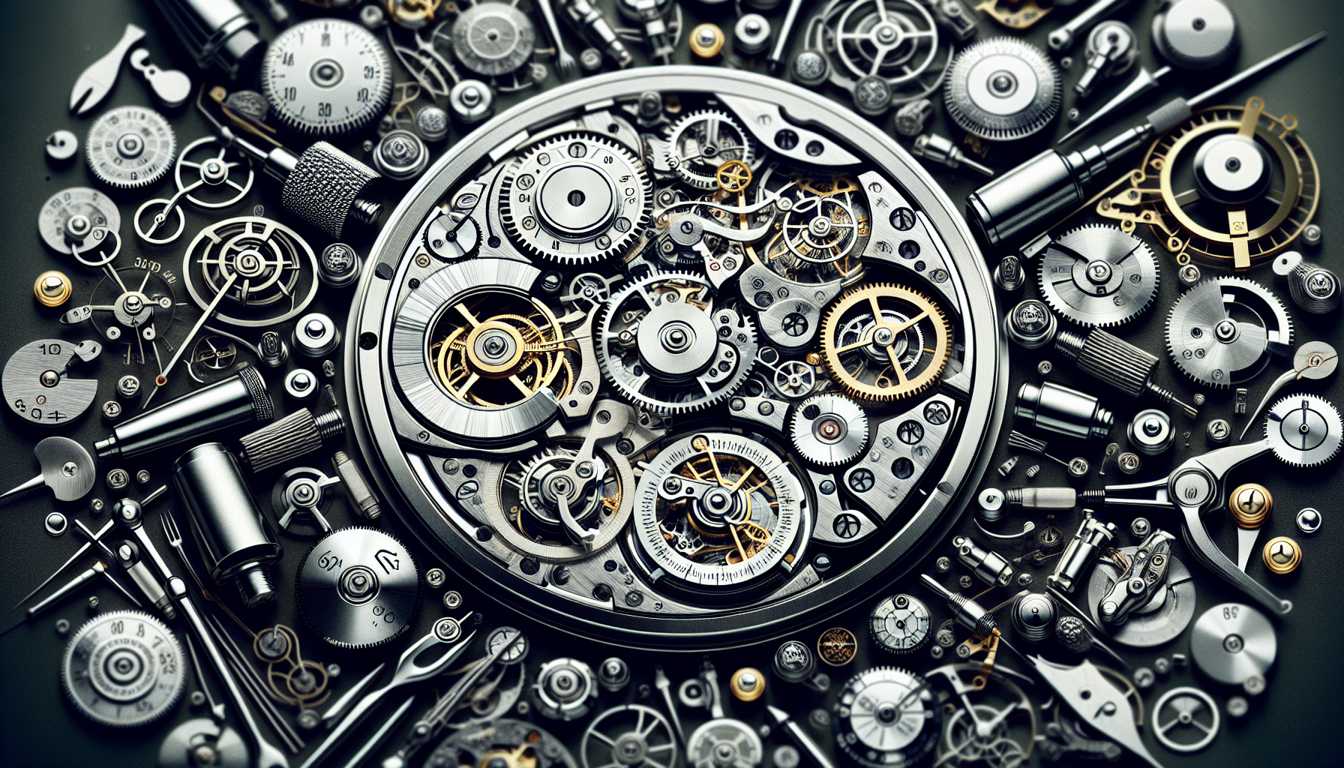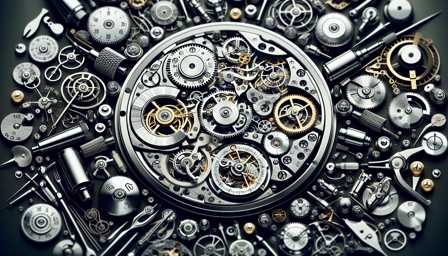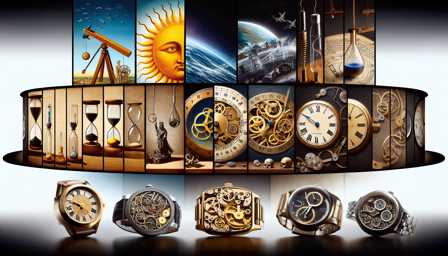
The Art of Horology: Understanding Watch Movements and Complications
Horology, the art and science of timekeeping, is a field rich in history and innovation. Central to this discipline is the intricate world of watch movements and complications, the mechanisms that measure and display time in a myriad of ways. This article delves into the heart of watchmaking, exploring the different types of movements and the fascinating complications that elevate timepieces beyond mere time-telling instruments.
Introduction to Watch Movements
Manual-Winding Movements
Manual-winding movements, like the venerable Calibre 321 in the Omega Speedmaster, require regular winding by the user. These movements have a mainspring, which when wound, stores energy that is gradually released to power the watch.
Automatic Movements
Automatic movements, such as Rolex's Calibre 3135, harness energy from the natural motion of the wearer's wrist. A rotor spins and winds the mainspring, ensuring the watch functions continuously, provided it is worn regularly.
Quartz Movements
Quartz movements, like the one found in the Casio G-Shock, use a battery and a quartz crystal. The battery sends electricity to the quartz, creating vibrations that drive the movement. Known for their accuracy and low maintenance, quartz movements revolutionized the watch industry in the 1970s.
Hybrid Movements
Hybrid movements, such as the Seiko Spring Drive, combine the best of mechanical and electronic technologies. They offer the smooth sweeping motion of a mechanical watch with the accuracy of a quartz movement.
Complications in Watchmaking
Complications are features in a watch that go beyond simple time-telling. They showcase the craftsmanship and innovation of horology.
Chronograph
The chronograph, a feature in watches like the TAG Heuer Carrera, is essentially a stopwatch. It uses additional hands and sub-dials to measure intervals of time.
Perpetual Calendar
This complication automatically adjusts for the varying lengths of months and leap years. Patek Philippe's Grand Complications are renowned for this feature.
Moonphase
A moonphase complication displays the lunar cycle, as seen in the A. Lange & Söhne Lange 1 Moon Phase. It adds a poetic touch to the dial, showing the current phase of the moon.
Tourbillon
Originally designed to enhance accuracy in pocket watches, the tourbillon, found in high-end watches like the Girard-Perregaux Tourbillon, counters the effects of gravity by housing the escapement in a rotating cage.
Minute Repeater
The minute repeater, a rare and intricate complication, chimes the time upon demand. The Patek Philippe Minute Repeater is a prime example, combining exceptional craftsmanship with auditory beauty.
GMT and World Timer
These complications cater to the modern traveler. The GMT, like in the Rolex GMT-Master II, displays a second time zone, while a world timer, as seen in the Vacheron Constantin Overseas World Time, shows multiple time zones simultaneously.
The Future of Horology
The evolution of horology continues with advancements in materials, such as ceramic and silicon, and the integration of digital technologies. Smartwatches, like the Apple Watch, offer a new realm of functionalities while maintaining timekeeping at their core.
Conclusion
Watch movements and complications are the heartbeat of horology. From the simple elegance of a manual-winding movement to the complex beauty of a minute repeater, these mechanisms are testaments to human ingenuity and our timeless fascination with time itself. Whether you're a seasoned collector or a curious enthusiast, the world of horology invites you to explore its intricate and beautiful complexity.



